This article was medically reviewed by Luba Lee, FNP-BC, MS. Luba Lee, FNP-BC is a Board-Certified Family Nurse Practitioner (FNP) and educator in Tennessee with over a decade of clinical experience. Luba has certifications in Pediatric Advanced Life Support (PALS), Emergency Medicine, Advanced Cardiac Life Support (ACLS), Team Building, and Critical Care Nursing. She received her Master of Science in Nursing (MSN) from the University of Tennessee in 2006.
There are 7 references cited in this article, which can be found at the bottom of the page.
wikiHow marks an article as reader-approved once it receives enough positive feedback. This article has 58 testimonials from our readers, earning it our reader-approved status.
This article has been viewed 1,907,833 times.
Low blood pressure can cause dizziness and fainting. That's why it's important that you raise your blood pressure to a healthy level. Fortunately, there are some things you can do to get your blood pressure back up to where it needs to be.
Steps
During an Acute Bout
-
1Assess the situation. If this happens often, it may be chronic. Consider the health of the person at hand. Is this a result of sickness? Was anything unusual going on at the time that could have had a lowering effect on blood sugar levels? What's more, stay relaxed. There may not be a bigger problem at hand.[1]
- You will need to ascertain if the symptoms point to dangerously low blood pressure. Generally, the symptoms include dizziness, lightheadedness, unsteadiness, dimming or blurring of vision, weakness, fatigue, nausea, cold, clammy skin, fainting, and pale skin.[2]
-
2Brew a cup of hot black tea. Bring water to a boil and steep the tea for 5-7 minutes to get the full flavor. Add 1 teaspoon (4 g) of sugar for an added boost to your blood pressure. The increase will happen within 45 minutes of drinking the tea.Advertisement
-
3Insist the patient drink plenty of water or other fluids. When blood volume is increased and dehydration is alleviated, hypotension may disappear.[3] Sports drinks containing electrolytes return lost minerals to the body, too. Drinking these or water will keep dehydration from happening.
- Another way of spiking blood pressure (temporarily, that is) is to drink caffeine. Scientists aren't quite sure how or why it does this, but it's thought that it either blocks hormones that widen your arteries or pumps up your adrenaline levels, directly causing a rise in blood pressure.[4]
-
4Provide something salty for the patient to eat. The excess salt helps make blood pressure rise. That's why heart patients are usually on low-sodium diets.
- Sodium is known to raise blood pressure (and sometimes greatly), so doctors generally recommend limiting it. Check with your healthcare professional before you up your intake -- if you consume an amount that's not good for you, it can lead to heart failure (especially if you're older).[5]
-
5Think of circulation needs in relation to blood pressure. Raise the legs and put on compression stockings, if available. These are the same stockings that people use to reduce varicose veins and they're just as good for reducing blood pooling up in the legs.[6]
-
6Determine whether or not the patient has missed necessary medications. The problem could easily be failure to follow doctor's orders. Many medications lower or heighten blood pressure, even if just as a side effect. Certain combinations can also be more powerful than when taken alone.
-
7Give any missed medications to the patient. Make sure they (or you as the case may be) understand the importance of not missing doses. Or not taking too much!
- In addition to their regular meds, know that acetaminophen (Tylenol) and certain anti-inflammatories and anti-depressants can also spike blood pressure levels. If you have some readily available, consider adding it in this instance.[7]
-
8Pump your feet and dance around on your hands a few times before standing up. It's common for even healthy individuals to experience a dip in blood pressure when they rise after long periods of sitting. When going to stand (especially upon getting out of bed), sit up straight first and rise slowly.[8]
- If you're able, get regular exercise to promote blood flow. If it's a chronic issue, keep up the exercise and eat small meals often.
Further Action
-
1Contact the patient's physician if the blood pressure reading was dangerously low. A medical professional's advice will be invaluable in this situation.
- Thoroughly explain the circumstances of the lower blood pressure to the physician. If the patient can talk, have them describe the symptoms as vividly as possible.
- Do exactly what the physician suggests. In cases of dangerously low blood pressure, the physician may want the patient to go to the emergency room.
-
2Take blood pressure readings, if possible, when the crisis is over. If it's still too low, you may need to seek further medical attention. Slightly below 120/80 is considered ideal.[9]
-
3Reassess the patient and the readings after an hour to determine if the patient is out of the woods. Do they display any symptoms? How do they feel? Keep up the liquids even if they aren't thirsty.
Foods to Eat and Avoid and Workouts to Raise Blood Pressure
Expert Q&A
Did you know you can get expert answers for this article?
Unlock expert answers by supporting wikiHow
-
QuestionWhat is the range of low blood pressure?
 Luba Lee, FNP-BC, MSLuba Lee, FNP-BC is a Board-Certified Family Nurse Practitioner (FNP) and educator in Tennessee with over a decade of clinical experience. Luba has certifications in Pediatric Advanced Life Support (PALS), Emergency Medicine, Advanced Cardiac Life Support (ACLS), Team Building, and Critical Care Nursing. She received her Master of Science in Nursing (MSN) from the University of Tennessee in 2006.
Luba Lee, FNP-BC, MSLuba Lee, FNP-BC is a Board-Certified Family Nurse Practitioner (FNP) and educator in Tennessee with over a decade of clinical experience. Luba has certifications in Pediatric Advanced Life Support (PALS), Emergency Medicine, Advanced Cardiac Life Support (ACLS), Team Building, and Critical Care Nursing. She received her Master of Science in Nursing (MSN) from the University of Tennessee in 2006.
Board-Certified Family Nurse Practitioner
-
QuestionShould you take scheduled blood pressure medication if BP is low?
 Eric Deutsch, MDDr. Deutsch is a board certified Cardiac Anesthesiologist in Boise, Idaho. He completed his residency at the Mayo Clinic and his fellowship at the Cleveland Clinic Foundation. He is a member of the Society of Cardiovascular Anesthesiologists, the American Society of Anesthesiologists, and SOAP (Society of Obstetrical Anesthesia and Perinatology).
Eric Deutsch, MDDr. Deutsch is a board certified Cardiac Anesthesiologist in Boise, Idaho. He completed his residency at the Mayo Clinic and his fellowship at the Cleveland Clinic Foundation. He is a member of the Society of Cardiovascular Anesthesiologists, the American Society of Anesthesiologists, and SOAP (Society of Obstetrical Anesthesia and Perinatology).
Board Certified Cardiac Anesthesiologist
-
QuestionWhich foods are helpful in raising blood pressure?
 Eric Deutsch, MDDr. Deutsch is a board certified Cardiac Anesthesiologist in Boise, Idaho. He completed his residency at the Mayo Clinic and his fellowship at the Cleveland Clinic Foundation. He is a member of the Society of Cardiovascular Anesthesiologists, the American Society of Anesthesiologists, and SOAP (Society of Obstetrical Anesthesia and Perinatology).
Eric Deutsch, MDDr. Deutsch is a board certified Cardiac Anesthesiologist in Boise, Idaho. He completed his residency at the Mayo Clinic and his fellowship at the Cleveland Clinic Foundation. He is a member of the Society of Cardiovascular Anesthesiologists, the American Society of Anesthesiologists, and SOAP (Society of Obstetrical Anesthesia and Perinatology).
Board Certified Cardiac Anesthesiologist
Warnings
- Low blood pressure may cause lightheadedness. This can also bring on chills and, in severe cases, can bring on shock.⧼thumbs_response⧽
- Remember, dehydration is dangerous and can kill the patient. Therefore, think fast in the case of sunstroke or other lack of fluid occurrences.⧼thumbs_response⧽
- Alcohol dehydrates the body and its functions. Consequently, don't drink it.⧼thumbs_response⧽
References
- ↑ http://www.webmd.com/heart/understanding-low-blood-pressure-treatment
- ↑ http://www.webmd.com/heart/understanding-low-blood-pressure-symptoms
- ↑ http://www.mayoclinic.org/diseases-conditions/low-blood-pressure/basics/treatment/con-20032298
- ↑ http://www.mayoclinic.org/diseases-conditions/high-blood-pressure/expert-answers/blood-pressure/faq-20058543
- ↑ https://www.nhsinform.scot/illnesses-and-conditions/heart-and-blood-vessels/conditions/low-blood-pressure-hypotension#diagnosing-low-blood-pressure
- ↑ https://www.nhsinform.scot/illnesses-and-conditions/heart-and-blood-vessels/conditions/low-blood-pressure-hypotension#diagnosing-low-blood-pressure
- ↑ http://www.mayoclinic.com/health/blood-pressure/MY00256
- ↑ http://www.webmd.com/heart/understanding-low-blood-pressure-treatment
- ↑ https://www.heart.org/-/media/files/health-topics/high-blood-pressure/hbp-rainbow-chart-english.pdf
About This Article
To raise your blood pressure to a healthy level, drink lots of water throughout the day and eat more foods that contain sodium, like sauteed spinach and beets. You can also put on compression stockings and elevate your legs with a pillow to raise your blood pressure. Talk to your doctor about taking medications if your blood pressure is still low. If you experience dizziness, blurry vision, weakness, or fainting, contact your doctor right away. To learn more ways you can raise your blood pressure, like drinking sports drinks, scroll down.

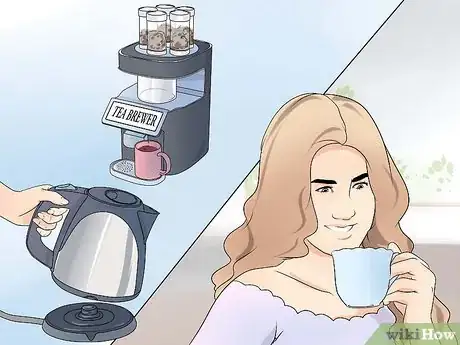
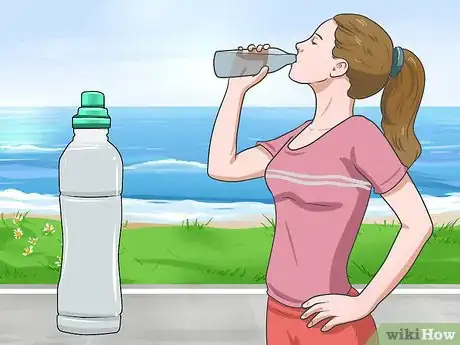
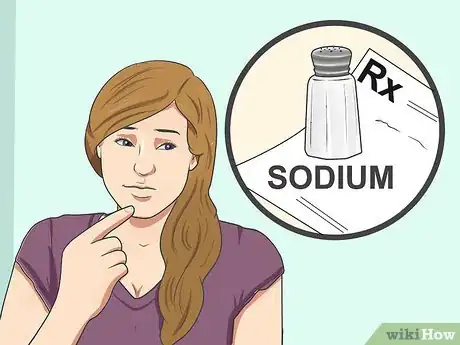

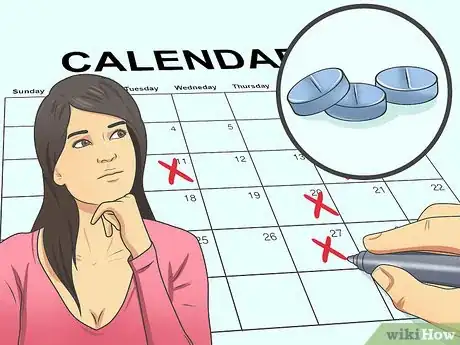


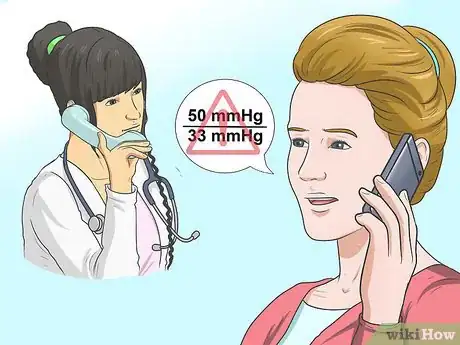
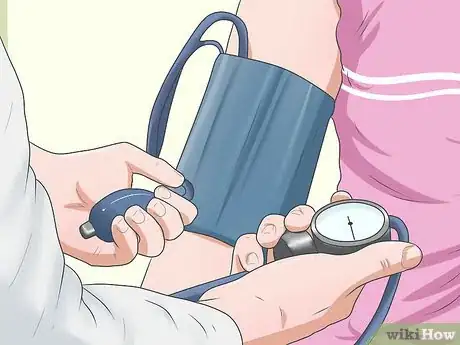
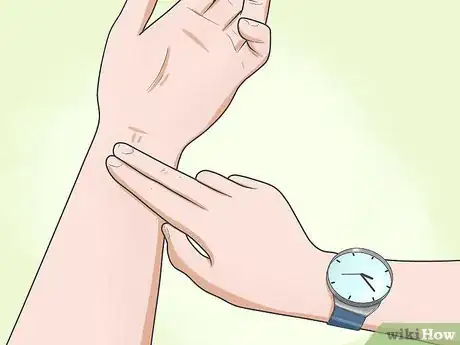





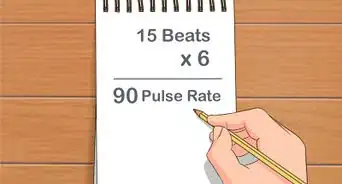

-Step-3-Version-3.webp)

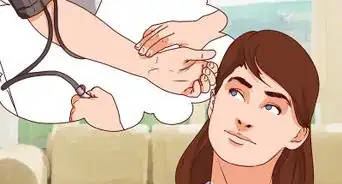




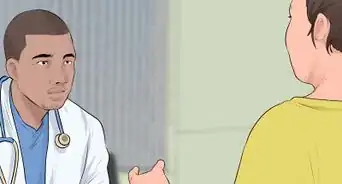












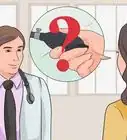





































Medical Disclaimer
The content of this article is not intended to be a substitute for professional medical advice, examination, diagnosis, or treatment. You should always contact your doctor or other qualified healthcare professional before starting, changing, or stopping any kind of health treatment.
Read More...